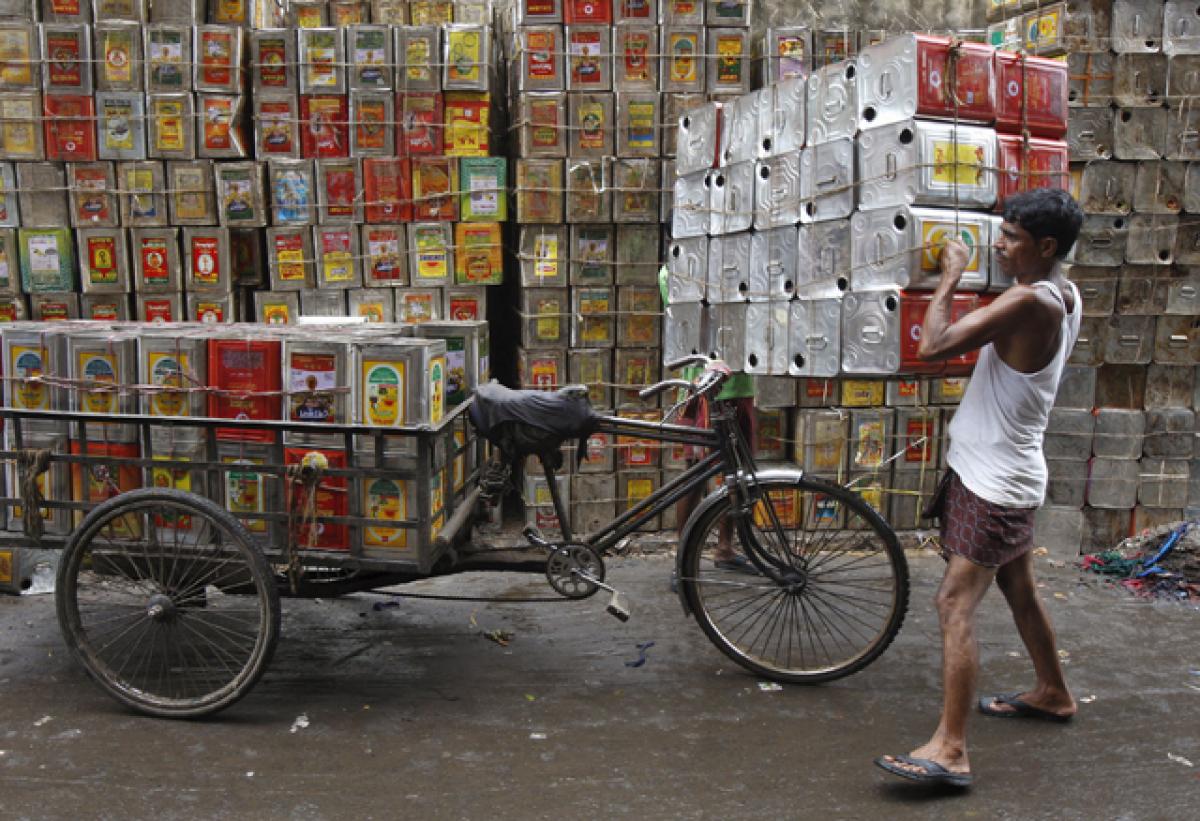Live
- MyVoice: Views of our readers 27th July 2024
- Trump will need a new attack plan for younger Kamala is
- Jagan claims innocence after ruining AP economy
- Kamala Harris to take the bull by the horns
- Myanmar floods displace 1,30,000; Magway region most affected
- Flashback: PM Modi's emotional encounter with wounded soldier during Kargil war
- All Party Committee Visit Pedda Vagu Bridge Construction in Ieeja Municipality
- Limited seats available for admission to Future-ready Career Programmes in NIIT University (NU)
- Women’s Asia Cup: BCCI Secretary Jay Shah pens congratulatory message to ‘finals-bound’ Team India
- 3.16 acres of land originally purchased for Rs 1 in 1935: Siddaramaiah on MUDA land case










